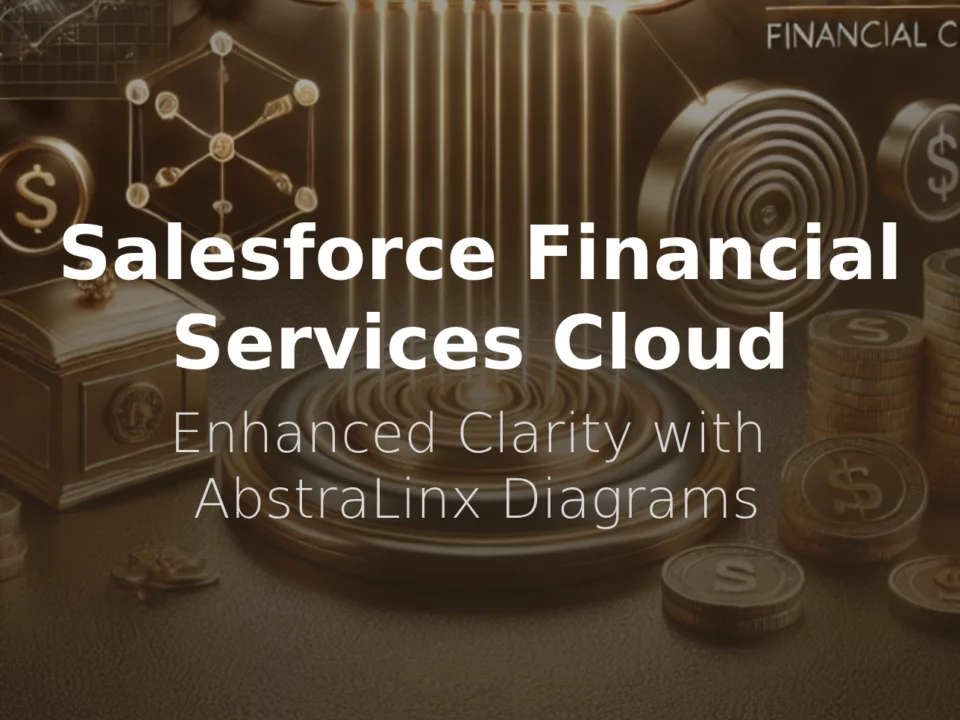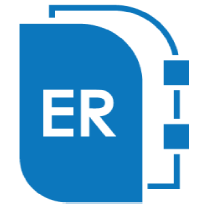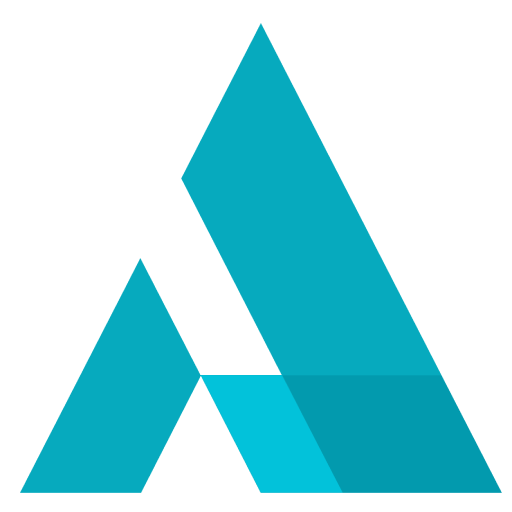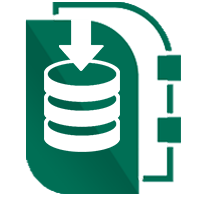Salesforce User Stories:
The Key to Success in Agile Development
February 15, 2023
Salesforce is a popular customer relationship management (CRM) platform that has become an essential tool for many businesses. To ensure that Salesforce meets the needs of users, development teams often use Agile methodologies to plan and execute Salesforce projects. User stories are a key element of Agile development that allows teams to focus on the needs of the user and ensure that features align with user requirements. In this blog post, we will explore what a Salesforce user story is, why it's important to use them, how to create effective user stories, and provide some examples to help you get started.
What is a Salesforce User Story?
A Salesforce user story is a brief, non-technical description of a feature or functionality that a user needs in Salesforce. It's a way of describing what the user wants in simple, concise language that anyone can understand. The user story follows a format such as:
"As a [user role], I want [feature], so that [benefit]."
For example, "As a sales representative, I want to be able to see my pipeline in Salesforce, so that I can prioritize my tasks and close more deals."
Why Use Salesforce User Stories?
Salesforce user stories are an essential part of Agile development. They provide a clear and concise way to communicate what a user needs, which helps ensure that the development team delivers what the user wants. By using user stories, the development team can focus on the user's needs and goals, rather than just on the technical requirements.
In addition, user stories help to create a shared understanding among team members, stakeholders, and users. They provide a common language for everyone to communicate about what needs to be done, and they help to ensure that everyone is on the same page.
How to Create Effective Salesforce User Stories?
Creating effective Salesforce user stories is a key component of successful Agile development. Here are some tips for creating user stories that will help you get the most out of Salesforce.
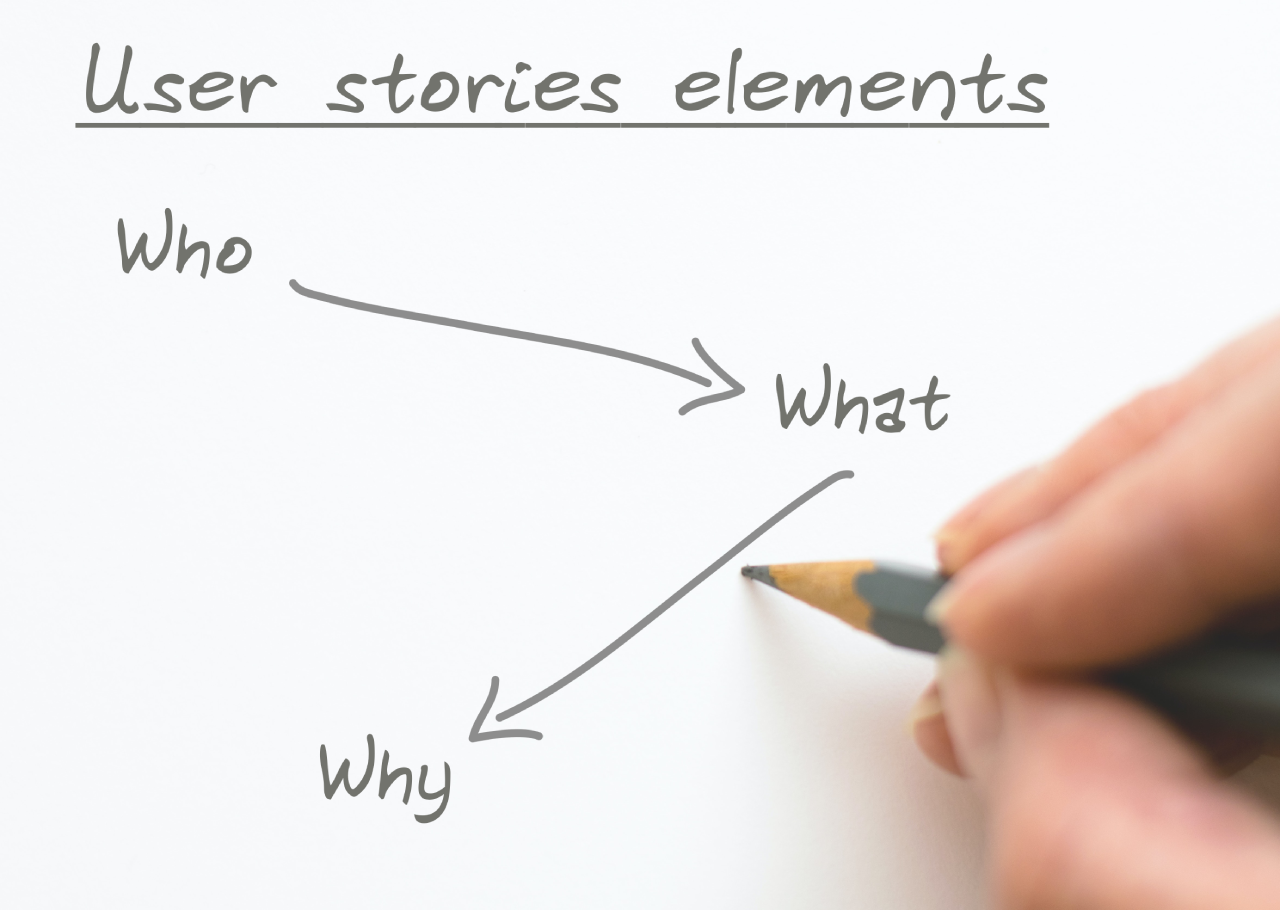
- (Who) Identify the User's Persona
The first step in creating a Salesforce user story is to identify the user persona. This refers to the role of the person who will use the feature or functionality. The user persona should be specific and well-defined to ensure that the user story is relevant and useful. - (What) Focus on the User's Needs
When creating a Salesforce user story, it's essential to focus on the user's needs. The user story should describe what the user wants to achieve, not how it should be achieved. This approach ensures that the development team can focus on delivering the desired outcome, rather than getting bogged down in the details. - (Why) Write Clear Acceptance Criteria
Clear acceptance criteria are crucial to ensuring that the user story is complete and meets the user's needs. The acceptance criteria should describe the specific functionality or feature that the user wants and how it should work. They should also specify any constraints or limitations that may impact the development team's ability to deliver the desired outcome.
Examples of Salesforce User Stories
- As a sales representative, I want to be able to view the current status of all my leads in Salesforce, so that I can prioritize my follow-up activities and close more deals.
- As a marketing manager, I want to be able to create and track the performance of email campaigns in Salesforce, so that I can drive more leads and revenue.
- As a customer support representative, I want to be able to access a customer's support history in Salesforce, so that I can provide more personalized and efficient support.
- As a sales manager, I want to be able to track my team's progress toward their sales targets in Salesforce, so that I can coach and motivate them towards success.
- As a field service technician, I want to be able to access the customer's service history in Salesforce, so that I can diagnose and resolve their issues faster.
- As a product manager, I want to be able to create and manage product roadmaps in Salesforce, so that I can prioritize features and align with company goals.
- As a business analyst, I want to be able to create custom reports in Salesforce, so that I can analyze data and identify insights to drive business decisions.
- As a customer service manager, I want to be able to track and manage customer complaints in Salesforce, so that I can identify and address issues before they escalate.
- As a sales representative, I want to be able to create and manage my sales pipeline in Salesforce, so that I can track my progress towards my sales goals.
- As a marketing analyst, I want to be able to analyze the ROI of different marketing channels in Salesforce, so that I can optimize my marketing spend and drive more revenue.
Conclusion
To sum it up, Salesforce user stories are a vital component of the Agile development process for Salesforce projects. They allow for effective communication of user needs and goals, which helps ensure that the development team delivers a product that meets those needs. Creating user stories that follow a clear and concise format, identify the user persona, and have acceptance criteria can help ensure successful outcomes.
Read more related posts
Subscribe To Our Newsletter
Subscribe to our email newsletter today to receive updates of the latest news, tutorials and special offers!



